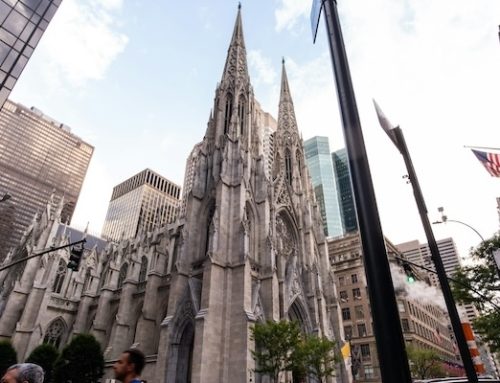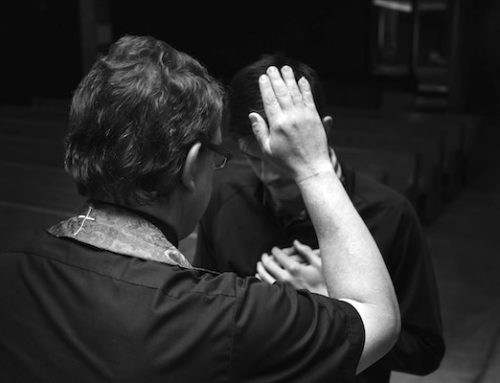The Mexican Bishops’ Conference (CEM) has recently presented to the Vatican for its approval a series of Indigenous liturgical adaptations for the celebration of Holy Mass for the “original peoples” of the country.
Speaking with ACI Prensa, CNA’s Spanish-language news partner, Cardinal Felipe Arizmendi, promoter of the initiative and one of those in charge of making the presentation to the Vatican, explained that the adaptations have the objective of “advancing the progress of inculturation of the Church in the native peoples and of taking responsibility for the celebration of Holy Mass with some elements of these cultures.”
The “adaptations” have some unique qualities:
The liturgical adaptations approved by the CEM include incensing, a “senior layperson” role, and ritual dance.
The incensing is done by a male or female thurifer using the Church’s normal incense.
Arizmendi explained that “the incensing is done by a layperson, man or woman, but that person does what the priest normally does. In this case, the priest blesses the incense, and it is not he who incenses the altar, the crucifix, the images, the offerings, but the layperson. They ordinarily do this outside of Mass, and we are taking it into the liturgy.”
The appointment of a “senior layperson” would also be incorporated as an addition to the new ritual. That person’s function will be to lead community prayer when appropriate.
Arizmendi clarified that “the senior layperson is a man or woman who in the communities is entrusted with praying for the community; it’s a traditional position and is ordinarily called that by tradition and is chosen by the community, because they trust him or her.”
Regarding ritual dance, the CEM document states: “Thanksgiving after Communion: On some occasions, thanksgiving is performed with a ritual dance (light movements of the body), accompanied by instrumental music typical of the place.”






